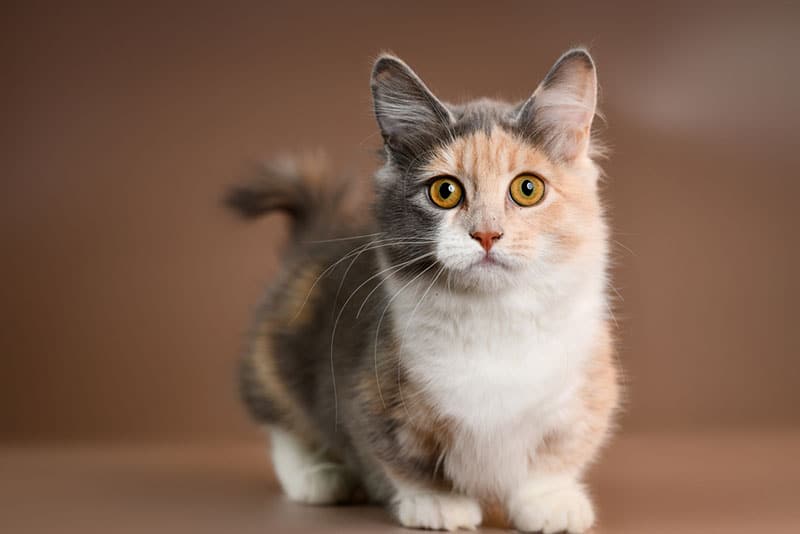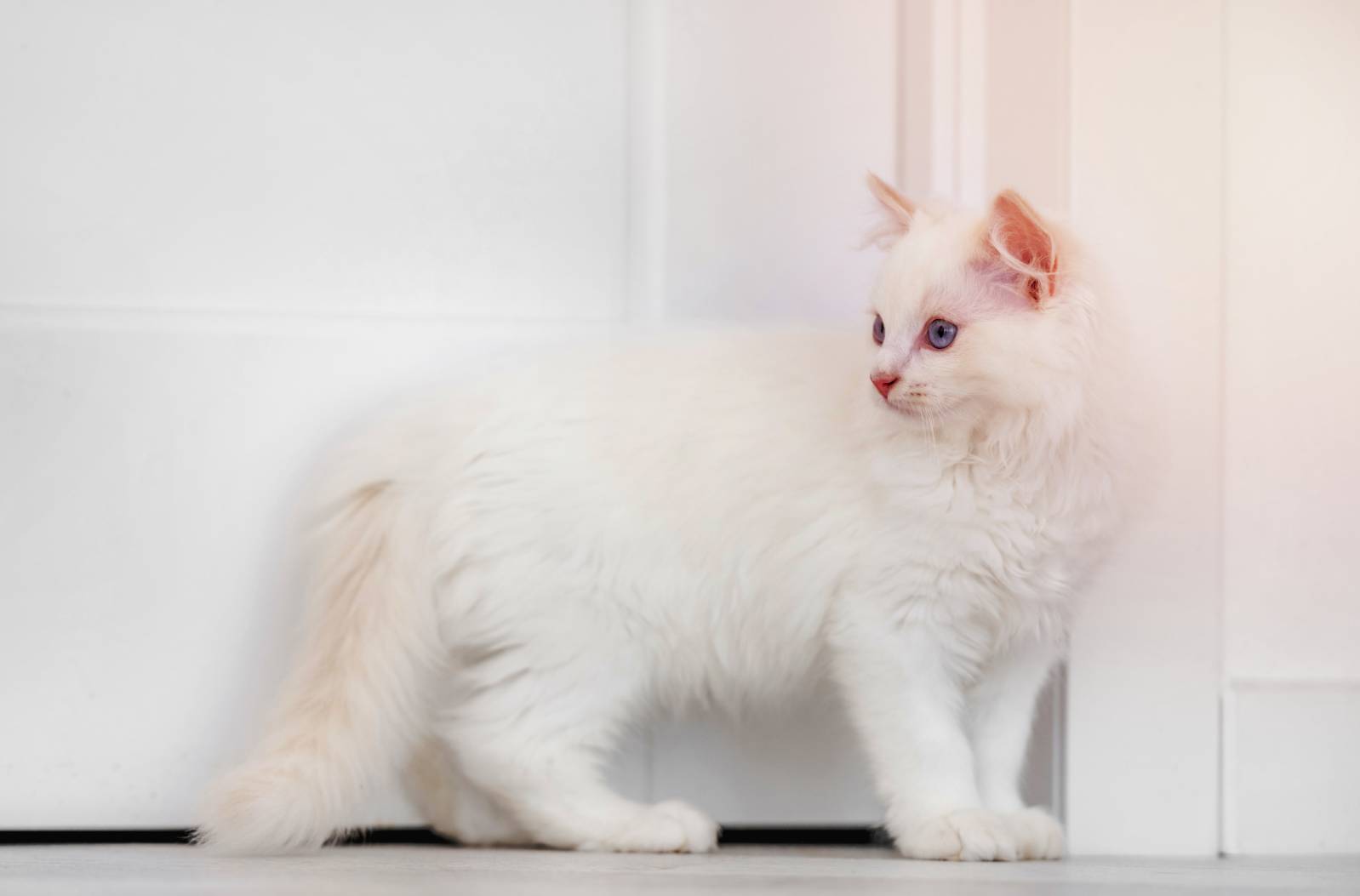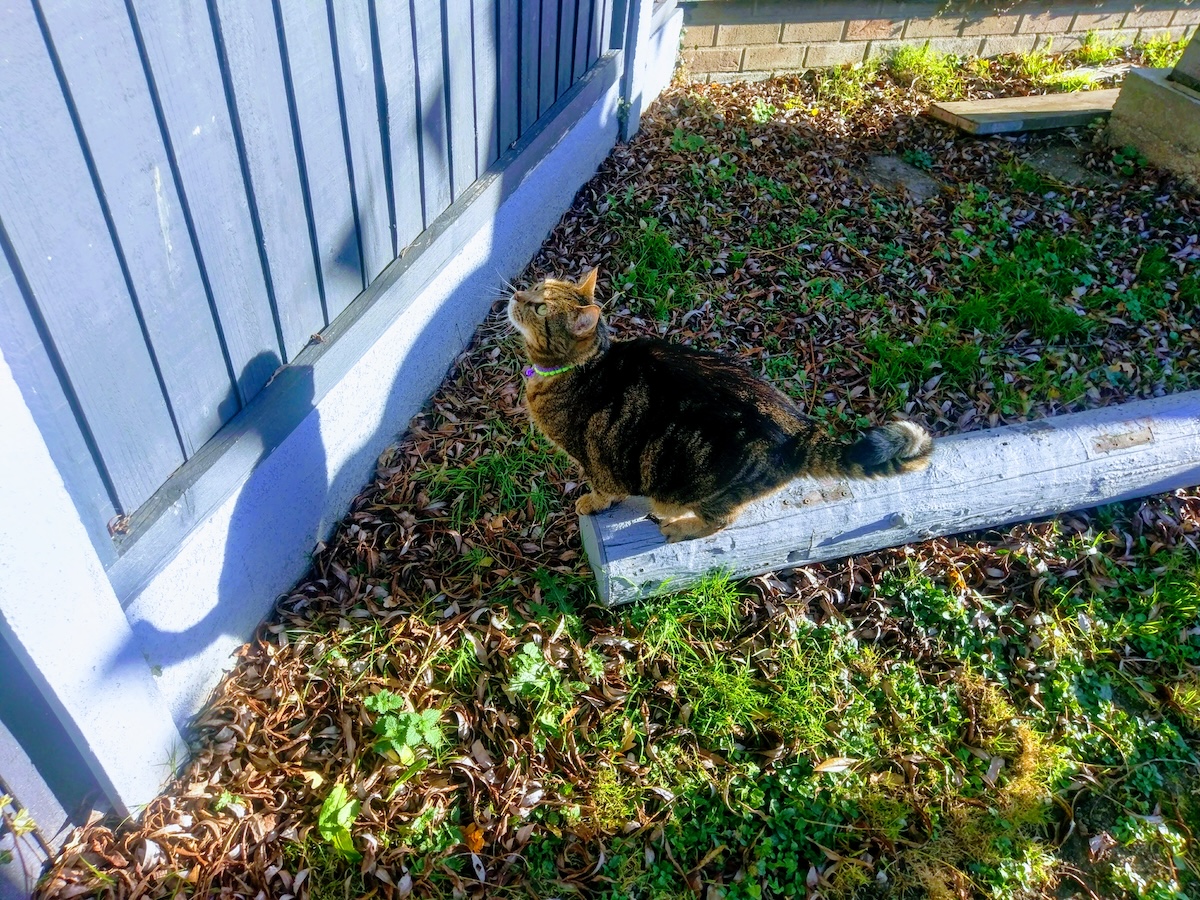Thanks to social media, Munchkin cats are becoming more widely known and well-loved by many people. These cute cats are instantly lovable because of their short legs, long bodies, and loving personalities. Although there are not many medical conditions that this breed is predisposed to, a few can significantly impact their quality of life. Here are some of the most common issues that occur in Munchkin cats.

The 10 Munchkin Cat Health Problems
1. Limb Deformities
| Type of Condition | Musculoskeletal |
| Treatable? | No |
| Severity | Variable |
Munchkin cats are the product of a genetic mutation that causes a form of dwarfism called achondroplasia or chondrodysplasia. This results in shortened and often deformed limbs. Munchkin cats are especially prone to deformities of the forelimbs. While all Munchkins have limb deformities to some degree, some experience significant difficulties with mobility because of it.
Abnormally shaped limbs can result in excessive weight load on the joints that cats with normal limbs don’t experience. This can also increase the likelihood of developing other conditions, like osteoarthritis.
2. Osteoarthritis
| Type of Condition | Musculoskeletal |
| Treatable? | No |
| Severity | Variable |
Osteoarthritis is caused by the gradual breakdown of the cartilage within the joints. Munchkin cats are at higher risk of this disorder developing than many other breeds due to their abnormal limb shape related to dwarfism. Over time, the breakdown of the joint cartilage can also lead to abnormal bone growth around the joint and a thickening of the joint capsule.
It can decrease joint mobility, but it also causes pain and increases the likelihood of injuries to unaffected joints since the cat may offload from the painful limb, increasing wear and tear on other body parts. There is no treatment for osteoarthritis, but it can be managed to a degree with pain medications, physical therapy, and low-impact exercise.
3. Decreased Mobility
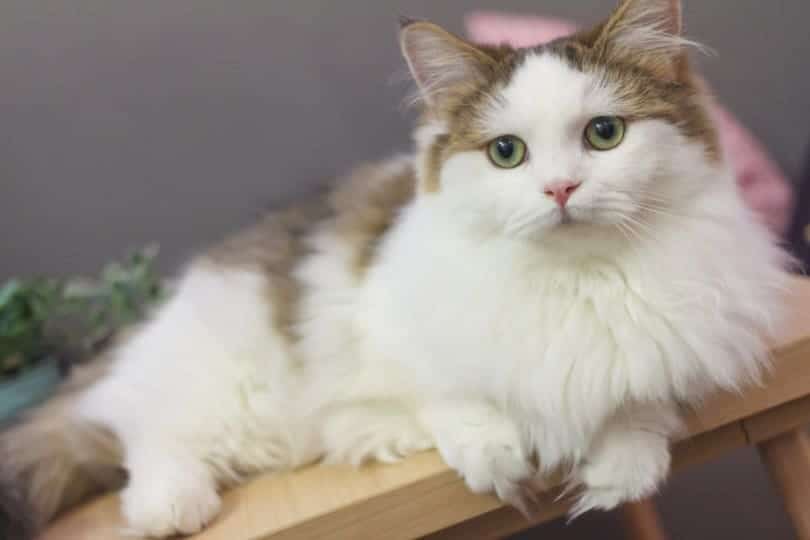
| Type of Condition | Musculoskeletal |
| Treatable? | No |
| Severity | Variable |
Although not a disorder in itself, decreased mobility impacts a large number of Munchkin cats. This doesn’t just apply to their shortened legs, either. Many Munchkins experience limited mobility in their spine due to various factors, like their elongated back length compared to their height.
Since they experience decreased spinal mobility, some cats cannot properly groom themselves, leading to poor coat and skin health. Decreased mobility can also lead to difficulties with everyday activities, like jumping to and from surfaces and playing.
4. Progressive Retinal Atrophy
| Type of Condition | Ophthalmologic |
| Treatable? | No |
| Severity | Progressive |
Progressive retinal atrophy is an eye condition that progresses throughout a cat’s life, eventually leading to blindness. In the earliest stages, your Munchkin may experience difficulty with visual acuity at night and in low-light situations. You may notice your cat struggling to get around in low light or becoming less active at night.
Over time, the cat will experience a progressive loss of visual acuity until blindness sets in. There is no cure for progressive retinal atrophy, and it is guaranteed to lead to blindness eventually, but the rate of progression can vary between cats.
5. Intervertebral Disc Disease
| Type of Condition | Musculoskeletal |
| Treatable? | Yes |
| Severity | Variable |
Intervertebral disc disease, also called IVDD, is a disorder in which the spine experiences changes that can lead to herniation of the protective layers between the vertebrae and protrusion of the disc within. This can lead to damage and pain from the spinal cord’s nerves being pressed on. IVDD is painful and can lead to permanent spinal damage and even paralysis.
This condition is rare in cats, but cats with elongated and malformed spines, like Munchkins, can be at a higher risk. In mild cases, IVDD is often successfully managed with pain medications, physical therapy, and steroids, although it can continue to worsen over time. In severe cases, a surgical correction may be necessary to maintain their quality of life.
6. Lordosis
| Type of Condition | Musculoskeletal |
| Treatable? | Possibly |
| Severity | Variable |
Lordosis is an abnormal spinal shape in which the spine slopes or dips down into the chest cavity. In Munchkins, this deformity is due to their front legs being shorter than their back legs. In some cats, it can lead to compression within the chest, decreasing their ability to properly perform body functions that are vital to survival, like breathing.
They may also have some compression around the heart that can lead to decreased cardiac functionality. In severe cases of lordosis, a highly specialized and risky surgery can be performed to correct the spinal deformity or to increase space within the chest. Most Munchkins don’t require any intervention for this deformity, however.
7. Hyperthyroidism
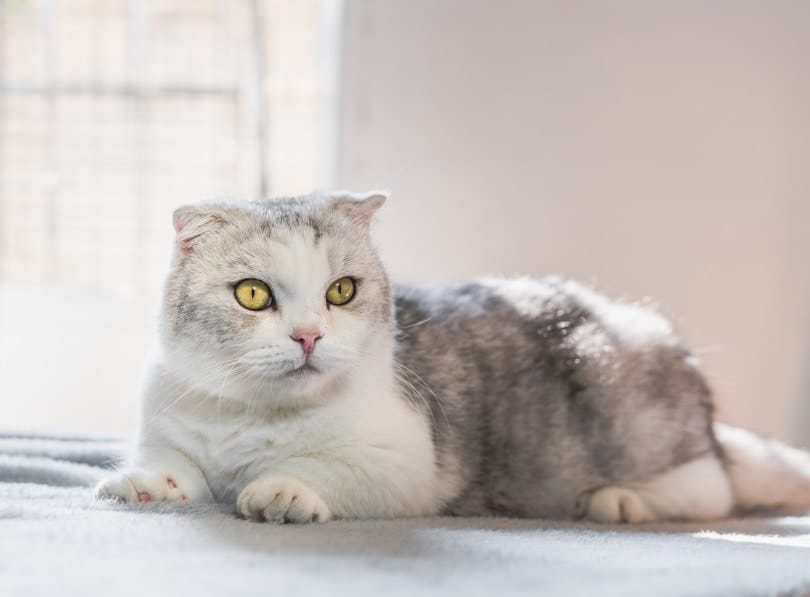
| Type of Condition | Endocrine |
| Treatable? | Yes |
| Severity | Mild to moderate |
Many breeds are prone to developing hyperthyroidism, and Munchkins are no different. The disorder occurs when the thyroid gland begins to overproduce hormones, which can lead to weight loss, hair loss, a greasy and unkempt coat, vomiting, diarrhea, hyperactivity, and an increase in eating and drinking.
Over time, unmanaged or poorly managed hyperthyroidism can lead to hypertension, heart disease, kidney disease, and blindness. This condition is easily managed with medication and routine lab work, but in some cases, it will continue to worsen over time, even with appropriate treatment.
8. Feline Lower Urinary Tract Disease
| Type of Condition | Urinary |
| Treatable? | Yes |
| Severity | Moderate to severe |
Feline urinary tract disease, also called FLUTD, is a severe condition that can impact cats of any breed. It is especially prevalent in male cats. It involves a combination of factors, like inflammation of the urinary tract and crystals in the urine. FLUTD can lead to urinary blockages, which are a medical emergency that must be dealt with immediately to prevent bladder rupture, sepsis, and death.
This disease is often manageable with a combination of medications and a specialized diet that prevents crystal formation. However, some cats will experience a recurrence of signs regardless of treatment. Anytime a cat is seen straining in the litter box without passing urine, producing bloody urine, yowling, or experiencing abdominal hardness or swelling, they should immediately be seen by a veterinarian.
9. Pectus Excavatum
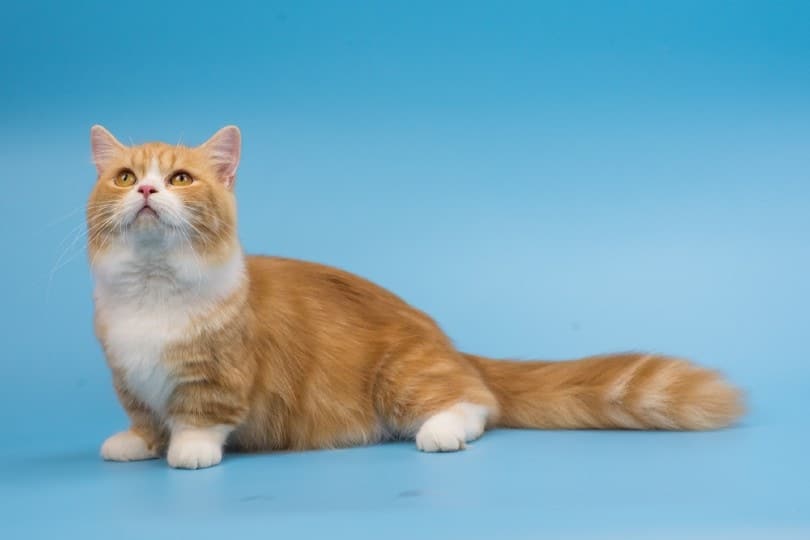
| Type of Condition | Musculoskeletal |
| Treatable? | Possibly |
| Severity | Moderate to severe |
Pectus excavatum is a deformity of the cartilage of the sternum and ribs. It leads to a flattened, concave, or narrowed chest. This deformity can range from moderate to severe and can lead to problems like decreased exercise tolerance, coughing, difficulty breathing, lethargy, frequent upper respiratory infections, poor appetite, weight loss or failure to thrive, and tachycardia.
This deformity is present at birth and is often diagnosable within days of birth. In severe cases, pectus excavatum can be repaired with surgery. It’s recommended that the surgery is performed when a kitten is 8 to 12 weeks of age, so it’s essential to recognize the signs early and seek veterinary evaluation as soon as possible.
10. Lymphoma
| Type of Condition | Lymphatic |
| Treatable? | Sometimes |
| Severity | Severe |
Lymphoma is a type of cancer that attacks the lymph nodes, which are located throughout the body. As the cancer grows, it spreads from the lymphatic system and metastasizes into multiple parts of the body. If left untreated, lymphoma will inevitably lead to death.
It can be treated in some instances but is not always treatable. Chemotherapy, surgery, and immune suppression are often successfully used to treat lymphoma in cats. The prognosis is highly variable based on how severe the cancer is, but early treatment usually provides the best prognosis.
Conclusion
There is a lot of controversy surrounding the breeding of Munchkin cats since they have a genetic deformity. Since Munchkins have a form of dwarfism, they’re at higher risk of experiencing problems with their musculoskeletal system. They are also prone to developing the same health issues as other breeds, so it’s important to keep a close eye on your Munchkin’s health to ensure they stay happy and healthy for years to come.
Featured Image Credit: MDavidova, Shutterstock

